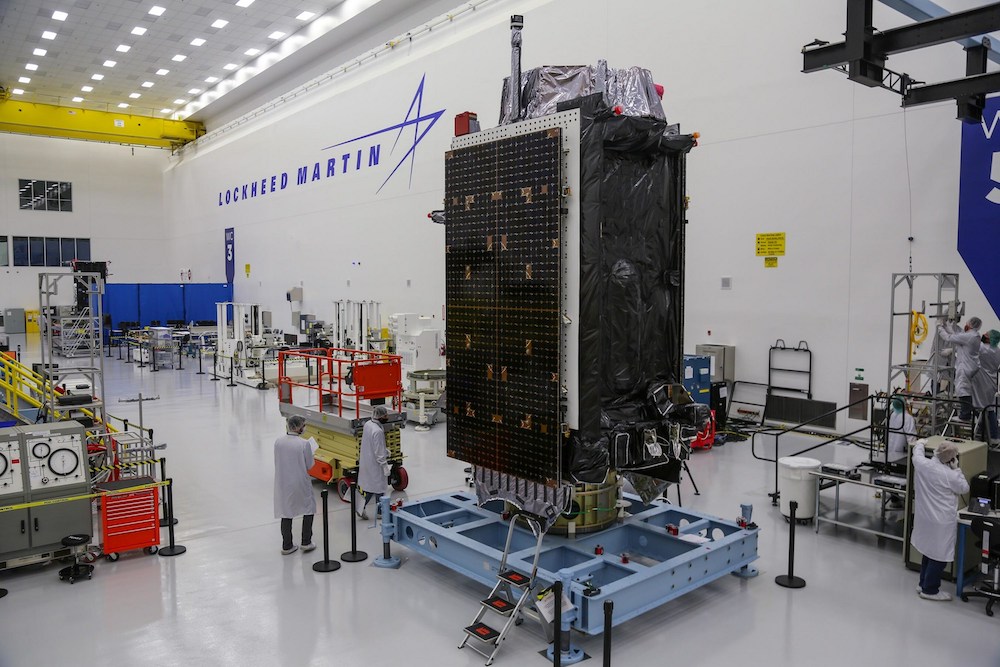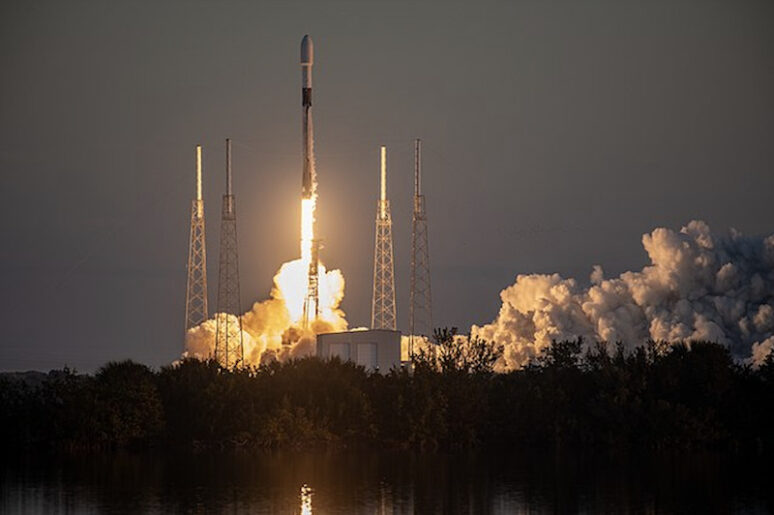On Wednesday morning, the GPS III Space Vehicle 06 (GPS III SV06) was launched from Cape Canaveral Space Force Station in Florida and the satellite successfully deployed. The satellite, the sixth designed and built by Lockheed Martin, will enhance accuracy and anti-jamming capability, helping to modernize the U.S. Space Force’s GPS constellation.

GPS III is now on its ways to its operational orbit of about 12,500 miles above Earth, according to a Lockheed Martin news release. U.S. Space Force and Lockheed Martin engineers confirmed signal acquisition about 83 minutes after the 7:24 a.m. Eastern lift off.
“Collectively, within the system’s already operational satellites, the payload today will further the U.S. Space Force’s ability to provide mission critical global access, persistence and awareness for our national security,” SpaceX quality systems engineering manager Kate Tice said during the launch’s webcast.
GPS III SV06 is the 25th Military-Code satellite introduced to the constellation, with GPS III providing three times greater accuracy and eight times greater anti-jamming capability than the others. It also features a modular design so new technology and capabilities can be easily added in the future.
The Falcon 9 that carried the GPS III is a two-stage liquid fueled launch vehicle, Tice said. The bottom two thirds of the vehicle is the first stage, which successfully completed its job of accelerating the vehicle to the edge of space and separating from the second stage, which carries the payload.
After separation, the first stage autonomously steered itself to and landed on the Shortfall of Gravitas drone ship waiting in the Atlantic Ocean a few hundred miles from the Florida coast.
This marked the fifth overall GPS mission for SpaceX, with one satellite launched in 2018, two in 2020 and one in 2021, Tice said.
Lockheed Martin has completed production on its original GPS III SV1-10 contract, with the Space Force declaring SV10 Available for Launch last December. GPS III SV06 will soon join SV01-05 in orbit. GPS III SV07-10 are completed and in storage waiting to be called up for launch.
The company is also designing and building the GPS III Follow On (GPS IIIF), which will feature an accuracy-enhancing laser retroreflector array, a new search and rescue payload, a fully digital navigation payload as well as other technologies. Last November, Space Systems Command contracted Lockheed Martin to build the SV11-20, announcing it had exercised the third production option valued at about $744 million for the procurement of three additional GPS IIIF satellites.
“Lockheed Martin is incredibly proud to support the Space Force’s GPS team as it continues to add world-class capabilities that underpin U.S. national security with enhanced performance and accuracy,” Lockheed Martin Vice President for Navigation Systems Andre Trotter said, according to the release. “With the last GPS III satellite complete and ready to launch, production of the first GPS IIIF vehicle is underway.”






